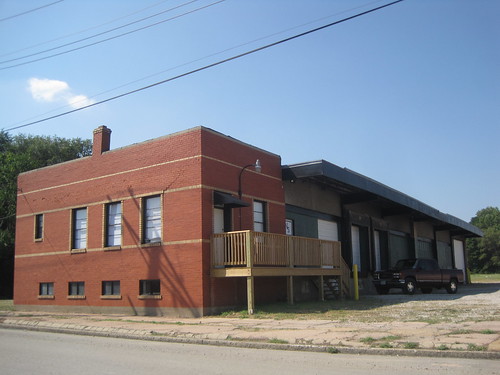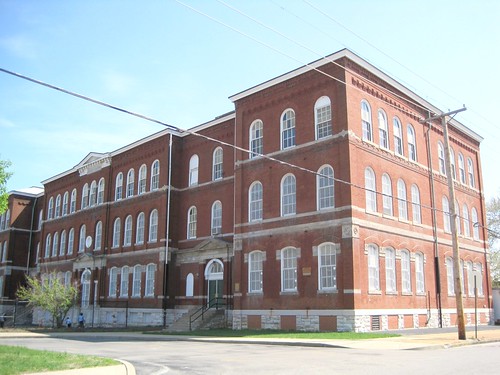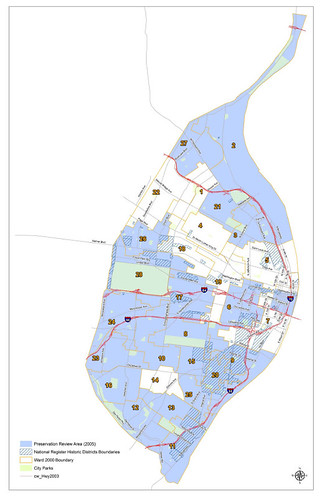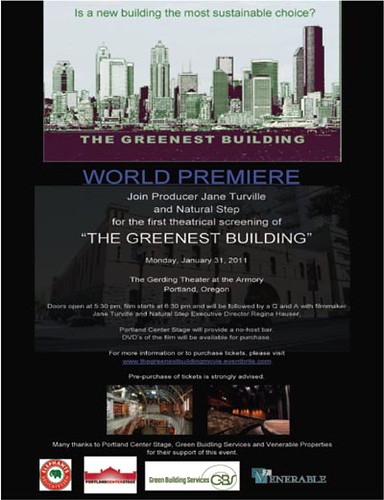From Preservation Action
Avoiding a government shutdown, earlier this week Congress passed a two-week Continuing Resolution extending federal funding until March 18th. Addressing many lawmakers’ calls for spending cuts, the CR eliminates $4 billion in funding. Historic preservation programs were spared the “axe.”
Unfortunately lawmakers must still decide what to do about spending for the balance of FY 2011 and there is still widespread disagreement between legislators who want to see substantial cuts (such as the $61 billion proposed in House-passed H.R. 1), and those who want few or no additional cuts for the balance of the year — instead focusing on FY 2012.
As we have been reporting, the House CR (which the Senate immediately rejected), would have eliminated funding for the Save America’s Treasures (SAT) and Preserve America programs but spared funding for National Heritage Areas. It would also have made sweeping cuts to the Community Development Block Grant program, the National Endowment for the Arts and the National Endowment for the Humanities. It would also have made cuts to the Land and Water Conservation Fund.
At the same time lawmakers are trying to find a compromise to wrap-up FY 2011, hearings began this week on the President’s proposed FY 2012 budget — which recommends increasing funding for State and Tribal Historic Preservation Offices and eliminating funding for SAT and Preserve America and cutting funding for Heritage Areas in half. Yesterday, the House Committee on Natural Resources conducted a hearing on the President’s proposed budget with Interior Secretary Ken Salazar. In his testimony, Salazar mentioned the proposed cuts:
Examples of the tough decisions made in 2012 include terminating the $7.0 million Rural Fire Assistance program which is duplicative of other fire assistance grant programs managed by the Department of Homeland Security and Department of Agriculture. The National Park Service’s Save America’s Treasures and Preserve America programs are eliminated in 2012 to focus NPS resources on the highest priority park requirements. The NPS Heritage Partnership Programs are reduced by half to encourage self-sufficiency among well-established National Heritage Areas while continuing support for newer areas.
A central theme to his testimony was the America’s Great Outdoors initiative which he said “…can support a renewed and refreshed conservation vision by working in collaboration with [those] … who are working to protect the places that matter to them and by engaging people across the country in conservation and recreation.” The centerpiece of the AGO initiative is a call for full-funding ($900 million) for the Land and Water Conservation Fund. Several other hearings will be taking place next week.
Preservation Action opposes the proposed cuts in the President’s Budget as submitted, but supports the modest increases to State and Tribal Historic Preservation Officers. Next week, at Lobby Day, Preservation Action and its partners will be advocating for: $50 million for State Historic Preservation Officers; $11 million for Tribal Historic Preservation Officers; and $9 million for Save America’s Treasures and Preserve America. Recognizing the current budget climate, collectively this $70 million budget request is actually ten percent less than total program funding for FY 2008.








